The 3 Core Issues Killing 80% of Revenue Teams (Plus 9 Hidden Conversion Leaks Most Leaders Never Discover)
If your sales team is missing quota by 35% or more, you're probably fixing the wrong problem. And that mistake could cost you millions.
I'm about to show you the three issues that are killing 80% of sales teams right now, plus 9 hidden conversion leaks most leaders never discover and why everything you've tried to fix them has failed.
But first, let me tell you about Sarah.
The $4.2M Discovery That Almost Ended Her Career
Sarah was the VP of Sales at a $75 million cybersecurity company. Three straight quarters of missing quota by 35%. Board meetings that felt like interrogations. The
CEO had stopped taking her calls.
She was 90 days away from being fired.
Her diagnosis? "Our reps need better objection handling."
So she spent $125,000 on sales training over six months.
The result? Performance got WORSE.
Deals that used to close in 90 days were now aging at 140+ days. Reps were more confused than before. The training had actually made things worse.
Here's what Sarah discovered and what almost ended her career: Her real problem wasn't objection handling. It was three foundational issues that made every other fix impossible.
The objection handling training was like putting a band-aid on cancer.
And here's the kicker … once she fixed the ACTUAL root causes, her team hit 124% of quota the next quarter. Sarah kept her job and got promoted to CRO six months later.
The Big 3 Revenue Killers
These three issues are epidemic and if you have them, nothing else matters until they're fixed.
Issue #1: Weak Discovery Skills (Found in 84% of teams)
Here's how you know if you have it:
• Your reps ask about features needed, not business problems
• Prospects say "send me information" or "I need to think about it"
• You lose more deals to "no decision" than to actual competitors
• Reps sound surprised when budget objections surface in late-stage deals
Real Example: Mark's team at a $40 million HR tech company was losing 60% of "qualified" opportunities to status quo. His reps would demo for an hour, prospects would say "looks interesting," and then... nothing.
The problem? His reps never uncovered the cost of doing nothing. No quantified pain equals no urgency equals no deal.
What most companies do wrong: They teach questioning techniques instead of business impact discovery. Reps learn to ask "What challenges are you facing?" instead of "What's the financial impact if this isn't fixed by Q4?"
The cost: Teams with weak discovery skills close 47% fewer deals and have 65% longer sales cycles because they never create compelling business cases for change.
Issue #2: Coaching Gaps (Found in 78% of teams)
This one's painful because most managers don't even know they're doing it wrong.
The symptoms:
• Your managers spend meetings talking about deals instead of developing skills
• Reps aren't improving over time despite regular 1:1s
• Your best reps succeed despite management, not because of it
• Managers act like senior reps instead of performance developers
Real Example: Jennifer promoted her top performer to sales manager. Six months later, team performance had actually declined.
Why? Her new manager was doing the selling for struggling reps instead of teaching them to sell. He was managing deals, not developing people.
The hidden cost: Teams with poor coaching see 40% higher turnover, 60% longer ramp times, and create manager dependency instead of scalable rep performance.
Issue #3: Broken Sales Process (Found in 71% of teams)
This one destroys everything else you try to build.
Warning signs:
• Deals skip stages or move backwards in your pipeline
• "Qualified" doesn't mean the same thing to different reps
• Your forecast accuracy is under 70%
• Reps can't explain specific criteria for stage progression
Real Example: At David's cybersecurity firm, "Demo Scheduled" was considered 40% likely to close. But when he analyzed the data, deals in that stage actually closed at 12%.
His pipeline was fiction. No wonder his forecasts missed by 35% every quarter.
The compounding effect: Broken processes create bad data, which leads to poor decisions, which creates worse conversion rates. It's a death spiral that gets harder to fix the longer you wait.
What Happens When You Fix These Systematically
A $25 million fintech startup came to us with all three problems. They'd tried changing recruiters, extending training programs, creating scripts and playbooks. Nothing worked.
Their average ramp time was 14 months. First-year retention was 60%. They were burning cash on new hires who couldn't perform.
We implemented competency-based hiring, methodology-first onboarding, and systematic framework installation.
Result? Ramp time dropped to 6 months. First-year retention jumped to 92%. They achieved 60% faster time-to-productivity across the entire team.
Same people, same market, same product. Different system.
How Many Do You Have?
If you recognized 2-3 of these in your team, you have what we call "compounding revenue killers." These issues multiply each other's impact.
Having multiple foundational problems means every other "fix" you try will fail until you address these first.
The 9 Hidden Conversion Leaks
The Big 3 are obvious once you know what to look for. But high-performing revenue leaders also audit for the hidden leaks. The systematic issues that slowly strangle growth without obvious symptoms.
These include:
1. Outdated methodology gaps - Reps lead with product features instead of business insights
2. Marketing/sales handoff problems - Confusion exists about qualification criteria
3. Objection handling framework issues - Reps fold at first sign of resistance
4. Onboarding system gaps - New hires feel "thrown to the wolves"
5. Wrong hiring profiles - Experienced hires perform worse than expected
6. Misaligned incentives - Comp plans reward activities that don't drive conversion rates
7. Cultural issues - Reps avoid discussing performance gaps
8. Territory/target gaps - Quotas based on growth targets vs. actual conversion potential
9. Tools/data gaps - Reps spend 20%+ of time on administrative tasks instead of selling
Each of these can be costing you millions in hidden revenue without you even knowing it exists.
Why Most Internal Fixes Fail
Here's why most companies can't fix this internally:
The Piecemeal Trap: You try to fix one issue while others compound. It's like trying to patch a dam while the foundation cracks.
The Expertise Gap: Sales leaders are operators, not performance engineers. You can see symptoms but struggle with systematic diagnosis.
The Bandwidth Reality: Even when you know what's wrong, you lack capacity to execute comprehensive fixes while hitting quarterly numbers.
The Methodology Problem: Most internal teams use generic training when they need custom framework installation.
Real example: A $60 million company spent 18 months and $340,000 trying to fix coaching gaps internally. Result? Performance stayed flat. We fixed it in 90 days with systematic manager development and saw 35% improvement.
The $8.7M Cost of Waiting
Let me tell you what waiting costs.
Series C Identity Management Company
January situation:
• Discovery frameworks: 13/15 (critical)
• Management systems: 11/15 (critical)
• Process definition: 10/15 (critical)
• Team missing quota by 28%
What they did: "Let's try one more quarter with better activity metrics."
March reality:
• Performance declined another 15%
• Two top reps gave notice
• Board brought in outside CRO
• Original VP was terminated
Total cost of waiting: $8.7 million in missed revenue plus executive turnover plus team rebuild.
What successful companies do: They implement systematic solutions immediately instead of hoping conversion problems solve themselves.
The Power of Systematic Solutions
Here's one more result that shows what's possible:
$85 million enterprise software company. They had all three issues. Discovery problems, coaching gaps, and broken process.
They'd spent $200,000 on generic training. Internal coaching workshops. Nothing worked.
We installed our systematic Revenue Engine frameworks with behavioral intelligence-based skill development.
Result? 89% quota attainment. That's a 31% improvement. $12 million in additional ARR. 45% faster deal velocity.
The difference? They stopped treating training as an event and started treating it as a systematic transformation.
Your Next Steps
Now, if you want to diagnose exactly which of these issues are killing YOUR performance, I've created a comprehensive Revenue Leak Diagnostic.
It's the same assessment methodology we use with clients who invest $25,000+ in our professional diagnostics. But I'm making the initial assessment available free because I know that once you see what's really broken, you'll want help fixing it systematically.
The diagnostic will show you:
• Your exact revenue leaks scored by severity
• The financial impact of each issue
• Priority order for fixing them
• Which problems are compounding others
Fair warning. This isn't a feel good assessment. It's going to show you problems you probably didn't know you had. But that's exactly what you need to finally fix what's broken instead of treating symptoms.
For teams with $5M+ revenue impact potential: We also offer professional Revenue Engine Diagnostics where we analyze your specific data, interview your team, and build custom frameworks for your exact situation.
Remember Sarah? She's now a CRO at a $200 million company.
The systematic approach that saved her career is the same one we design for every client.
But only if you stop guessing and start diagnosing what's actually wrong.
Every quarter you delay fixing these conversion leaks is a quarter of missed revenue that never comes back. Your competitors aren't waiting. They're installing systematic frameworks while you're hoping generic training will finally work.
The question is: Six months from now, do you want to be explaining another missed quarter to your board, or presenting the best conversion performance in company history?
The choice is yours. But you have to choose systematically.
Download it here.


Mail
Facebook
LinkedIn
X
Pinterest
Snapchat
Reddit